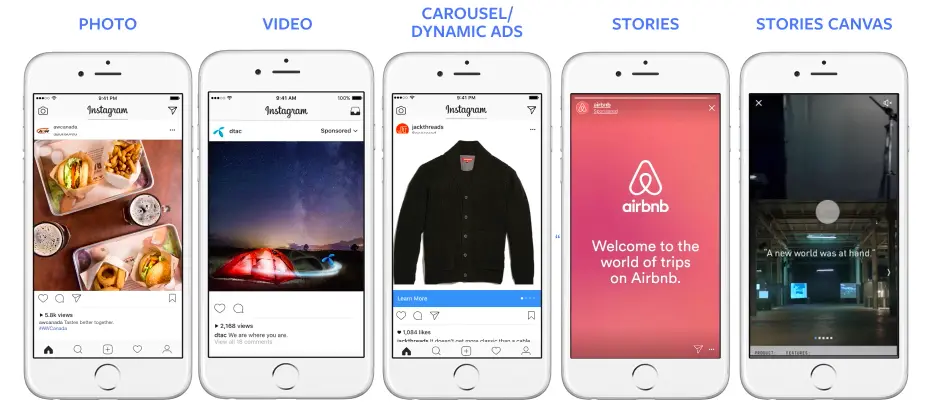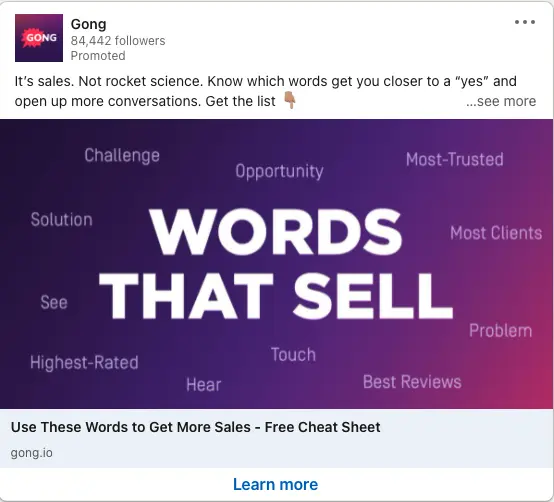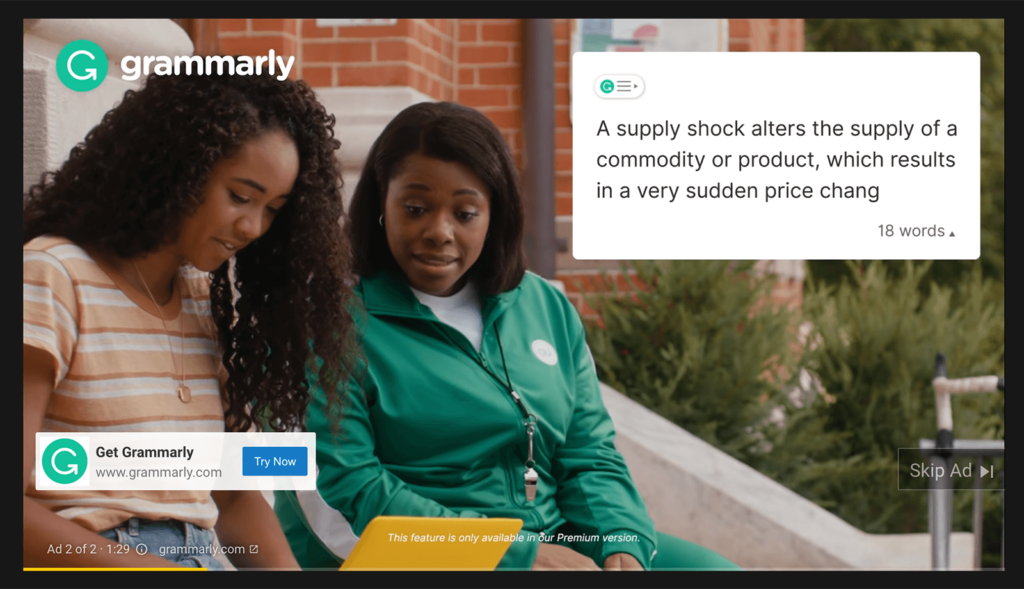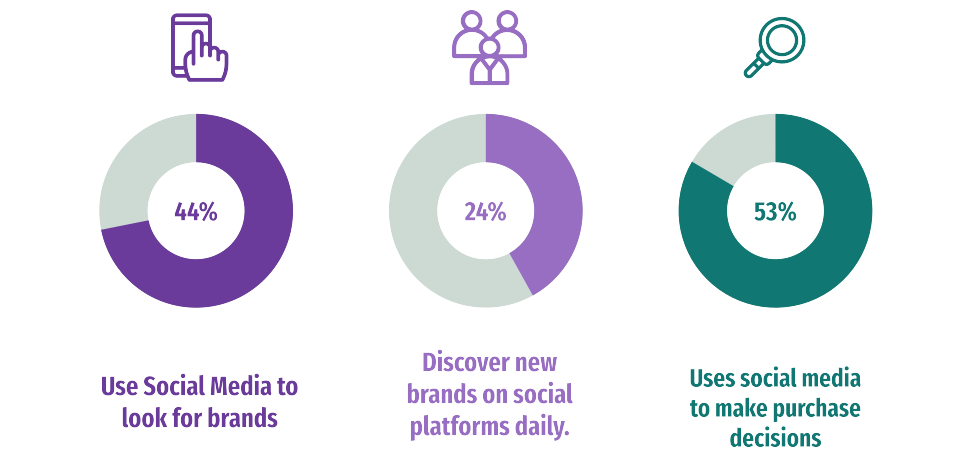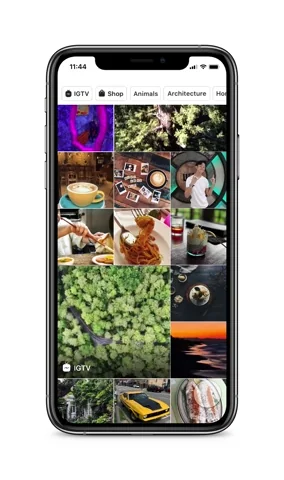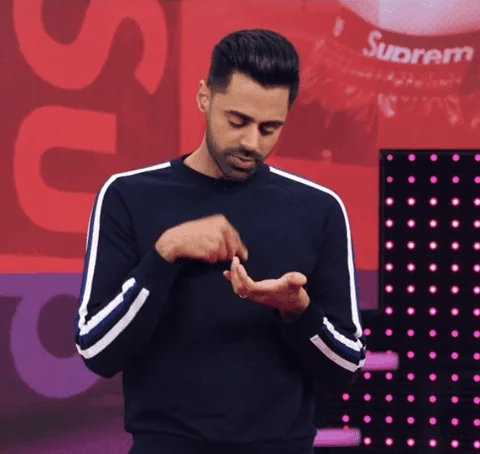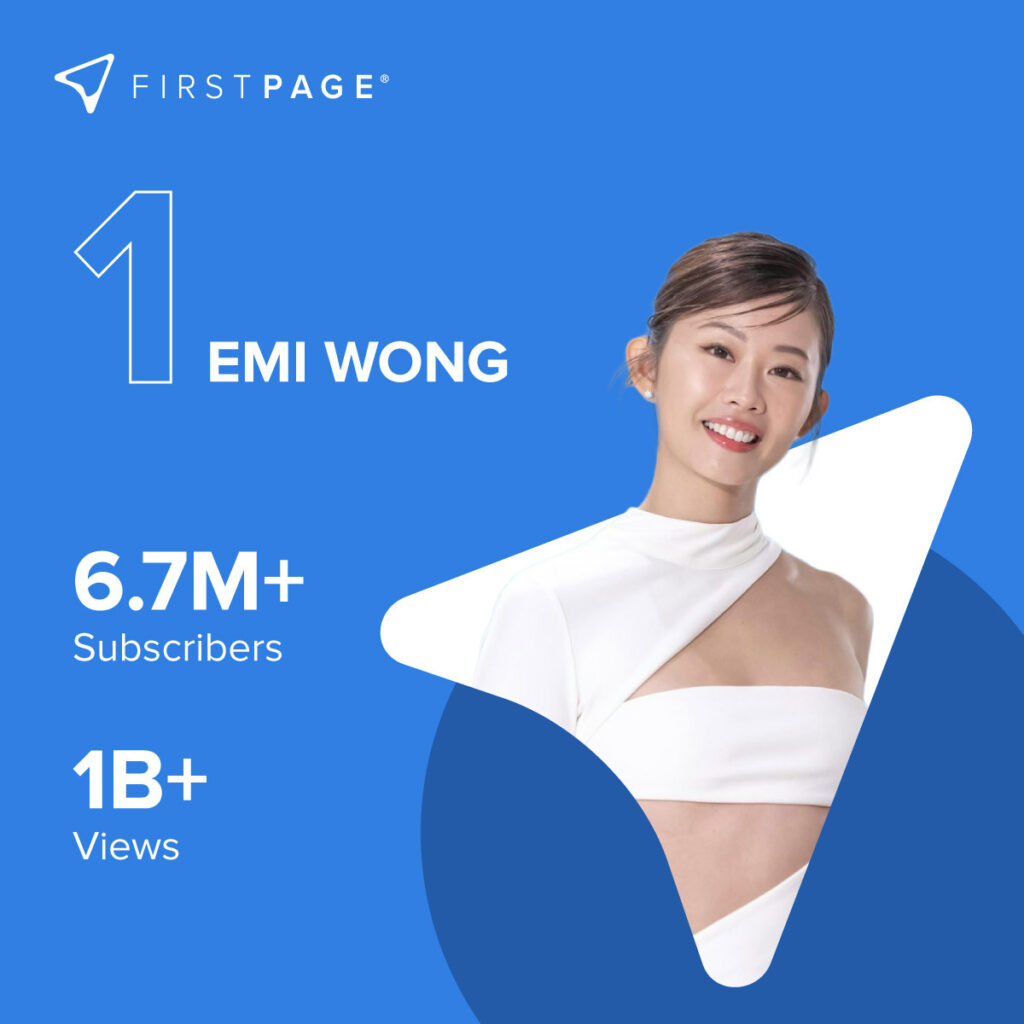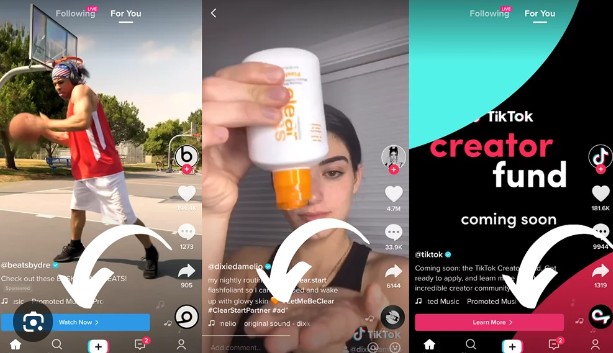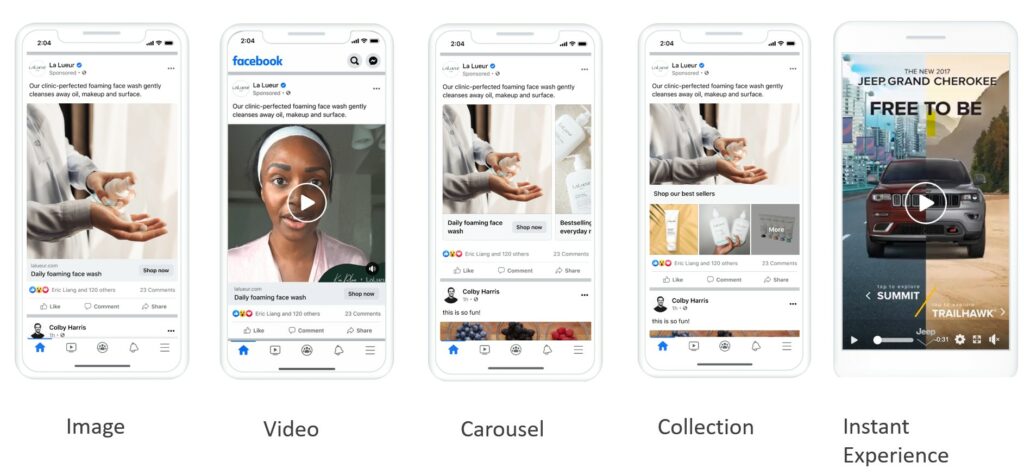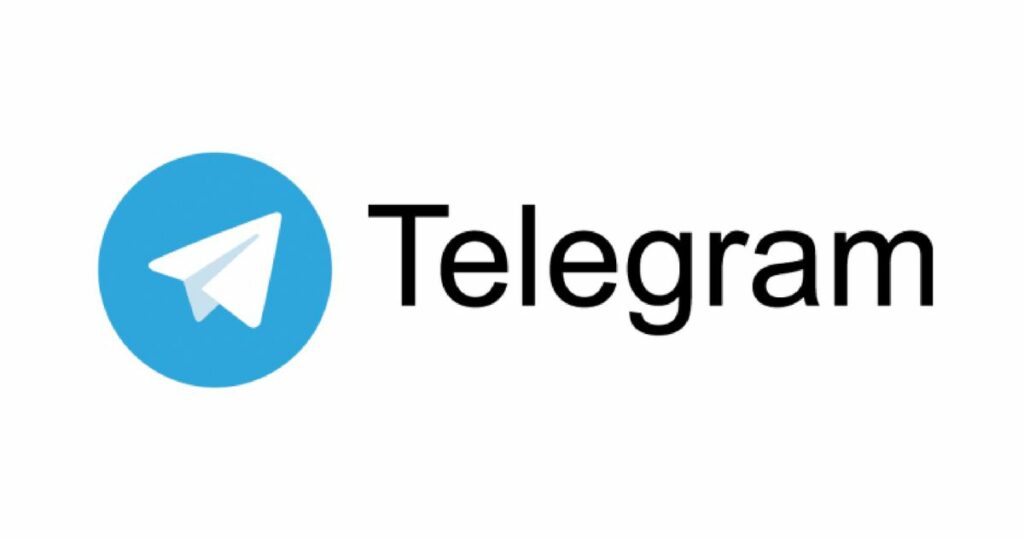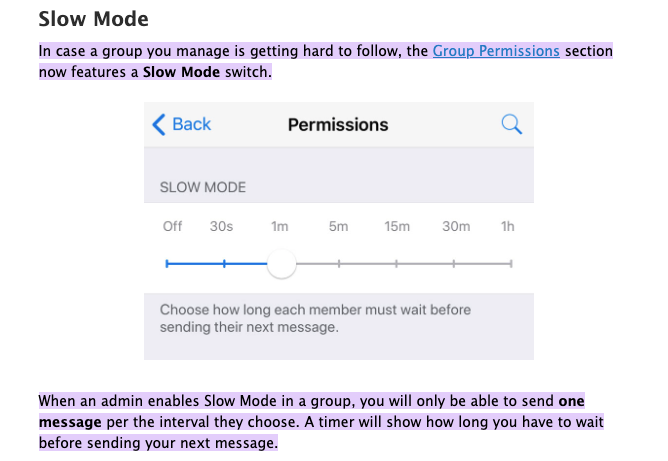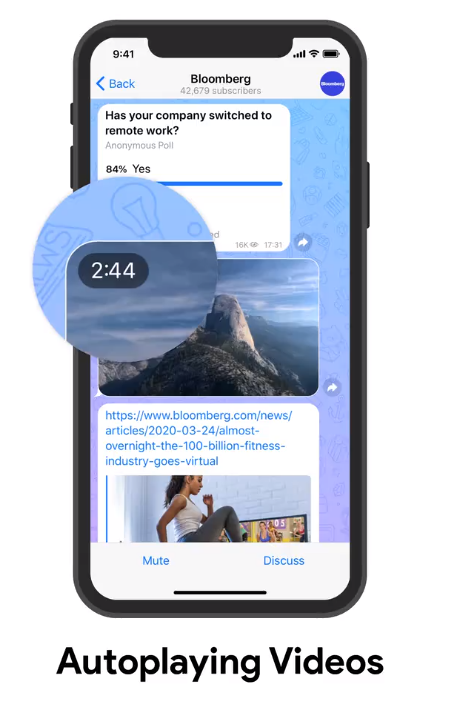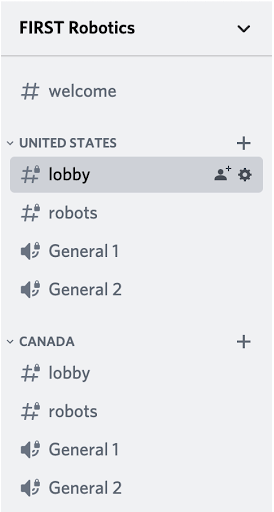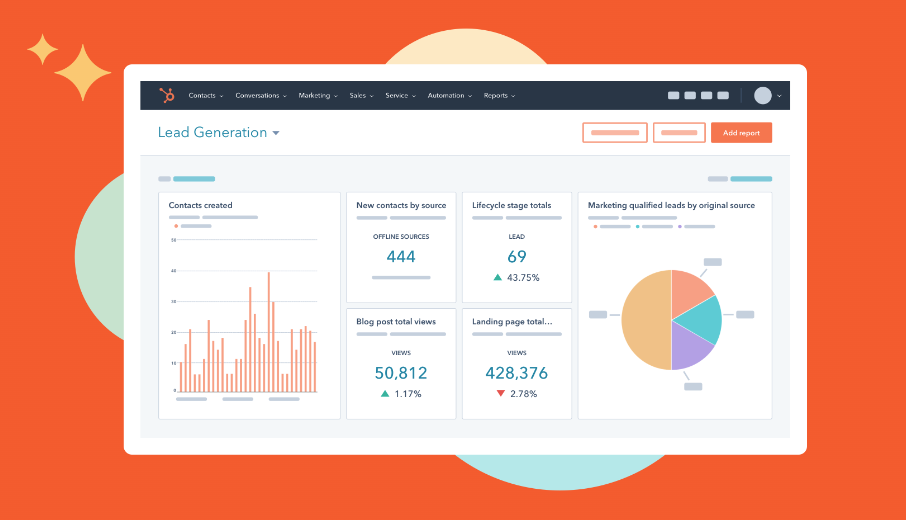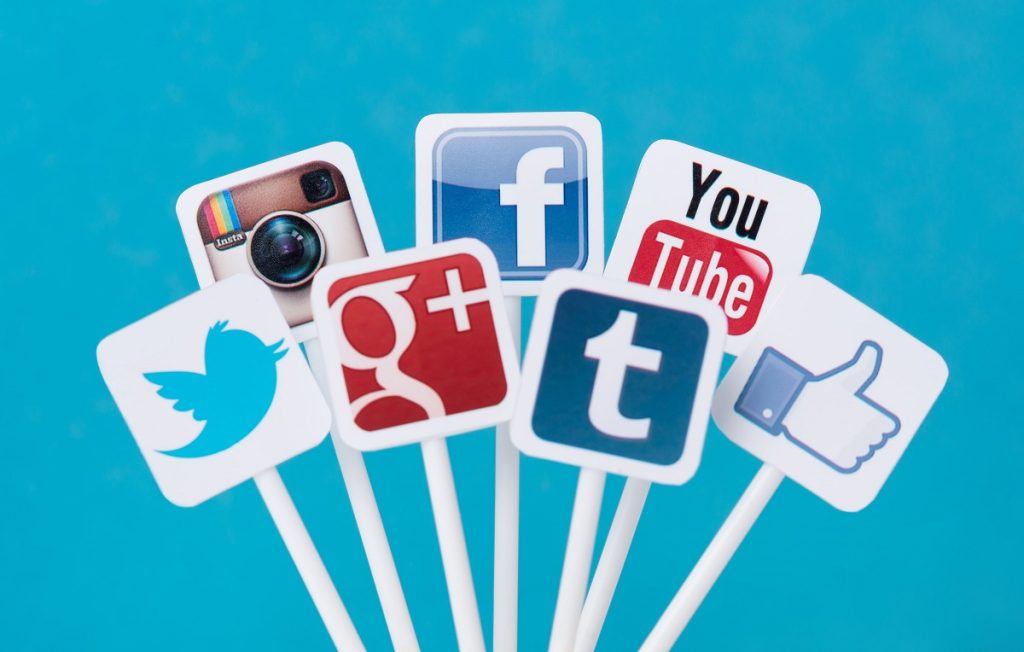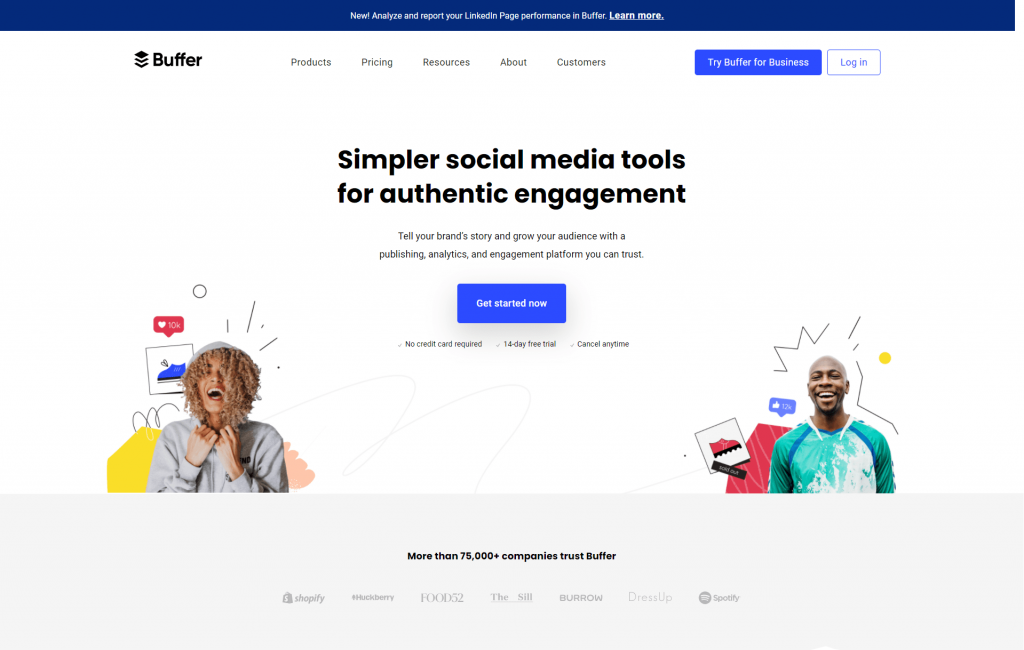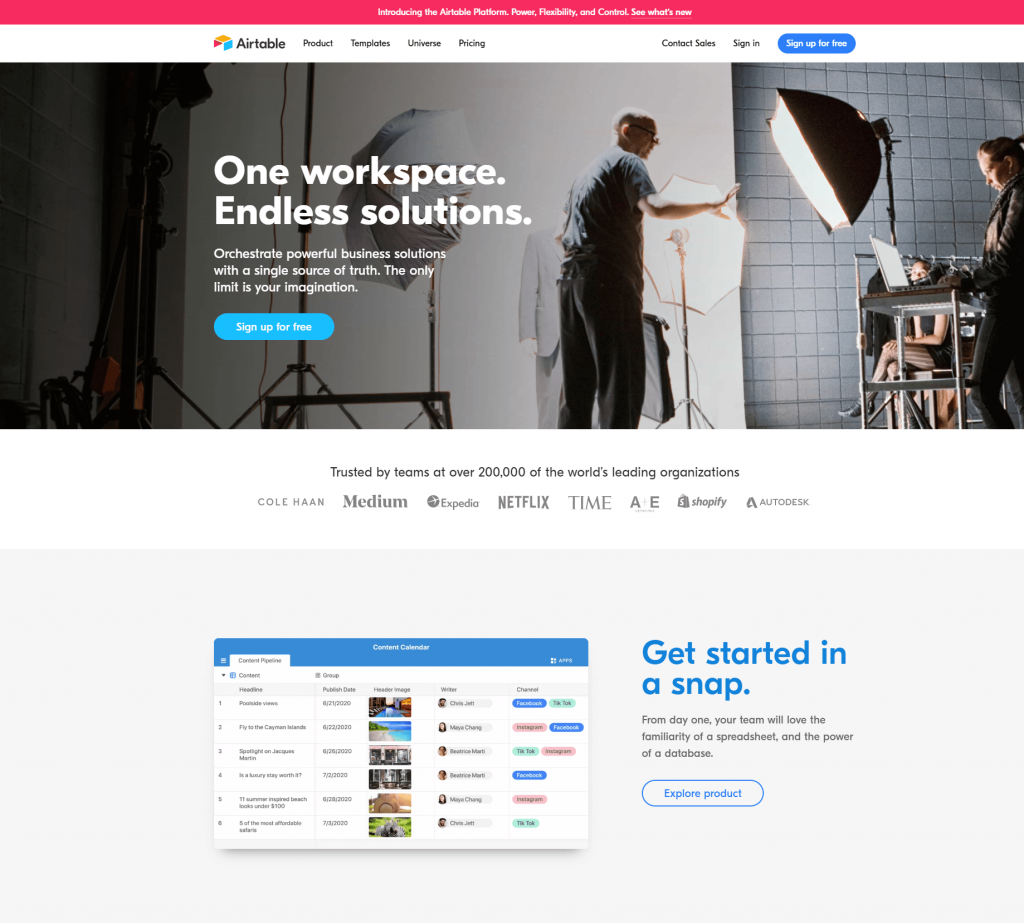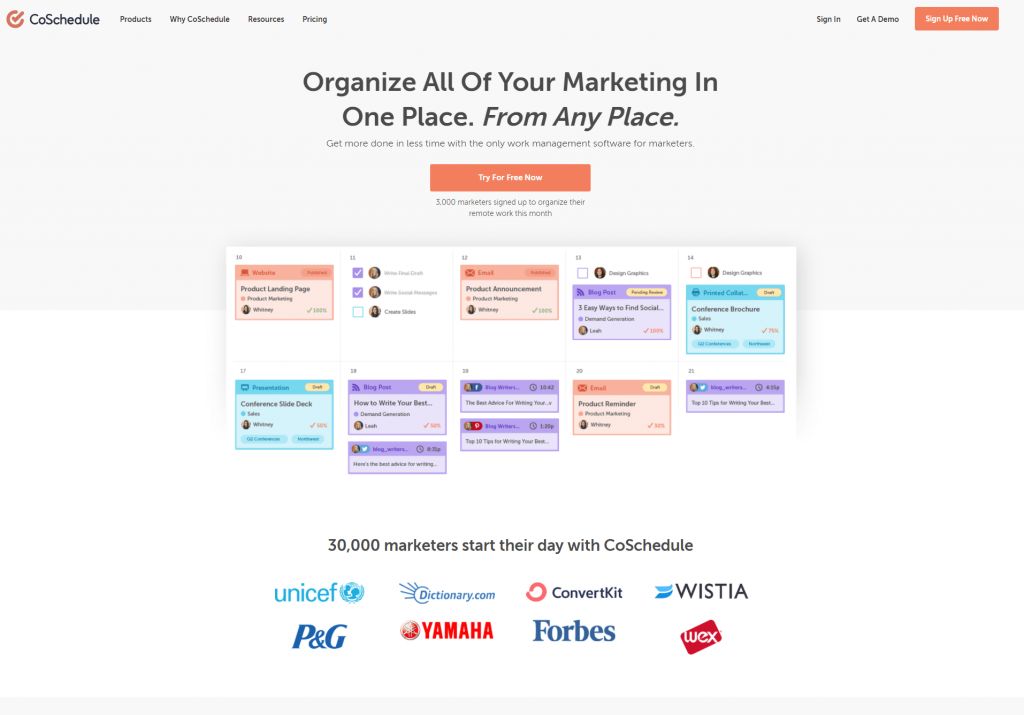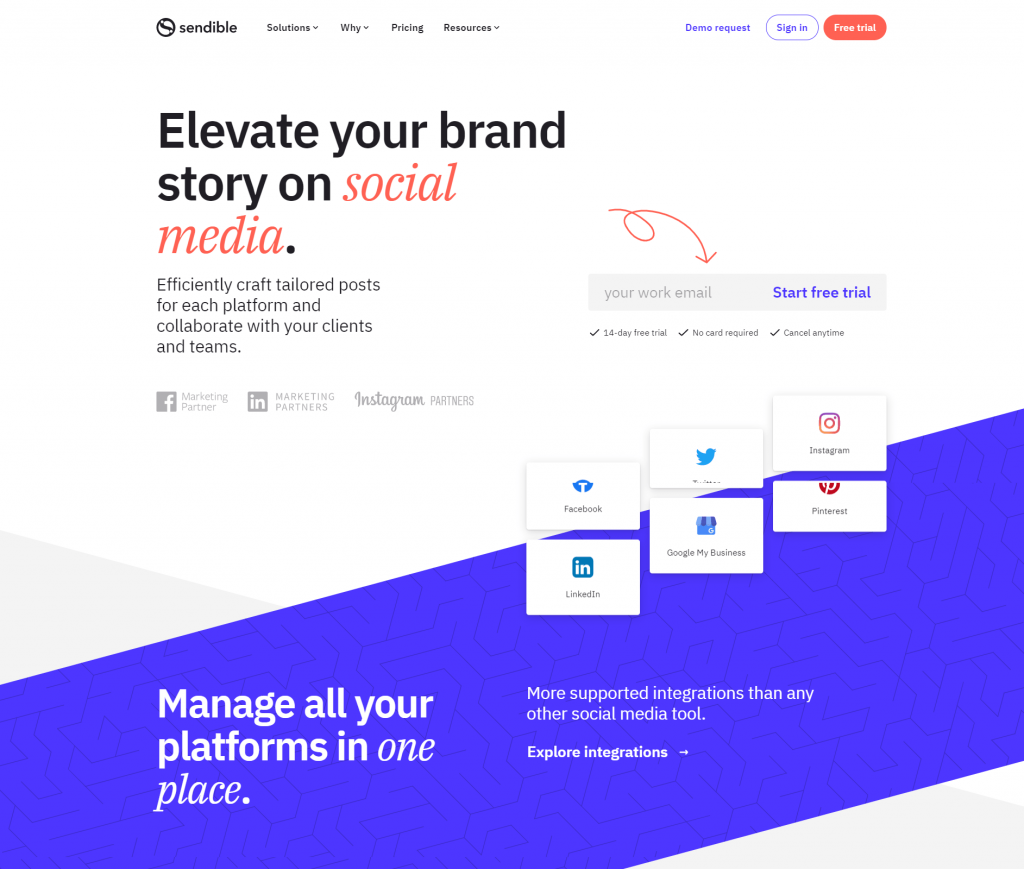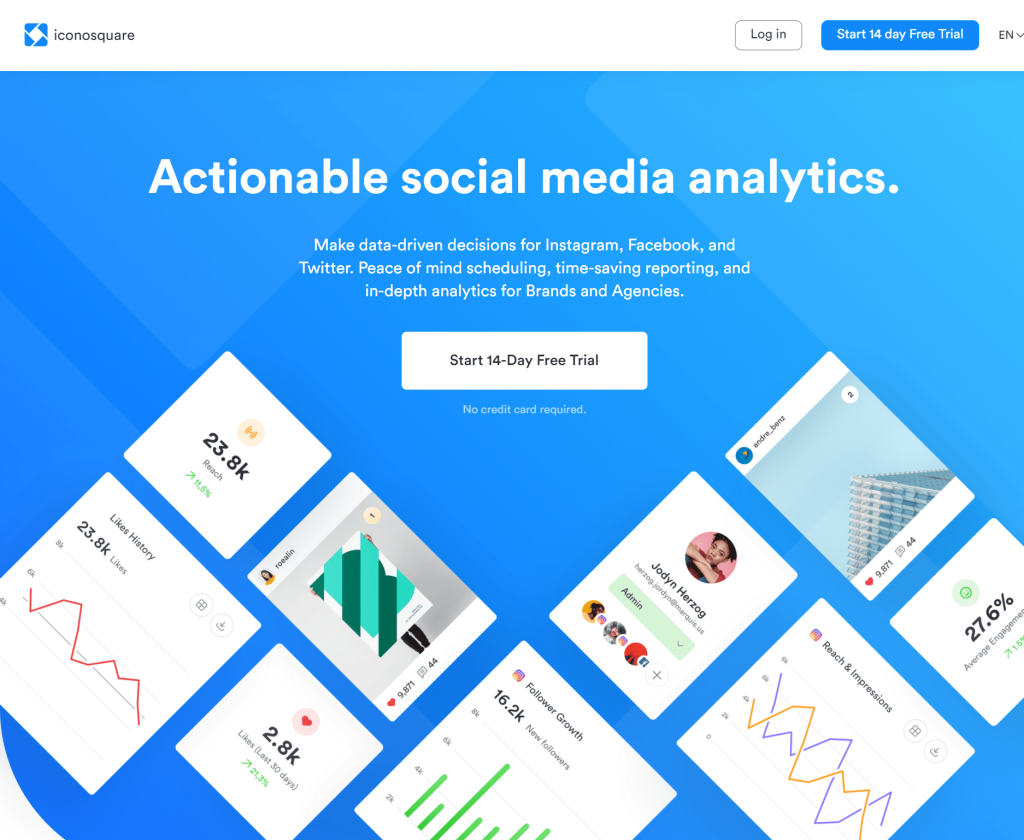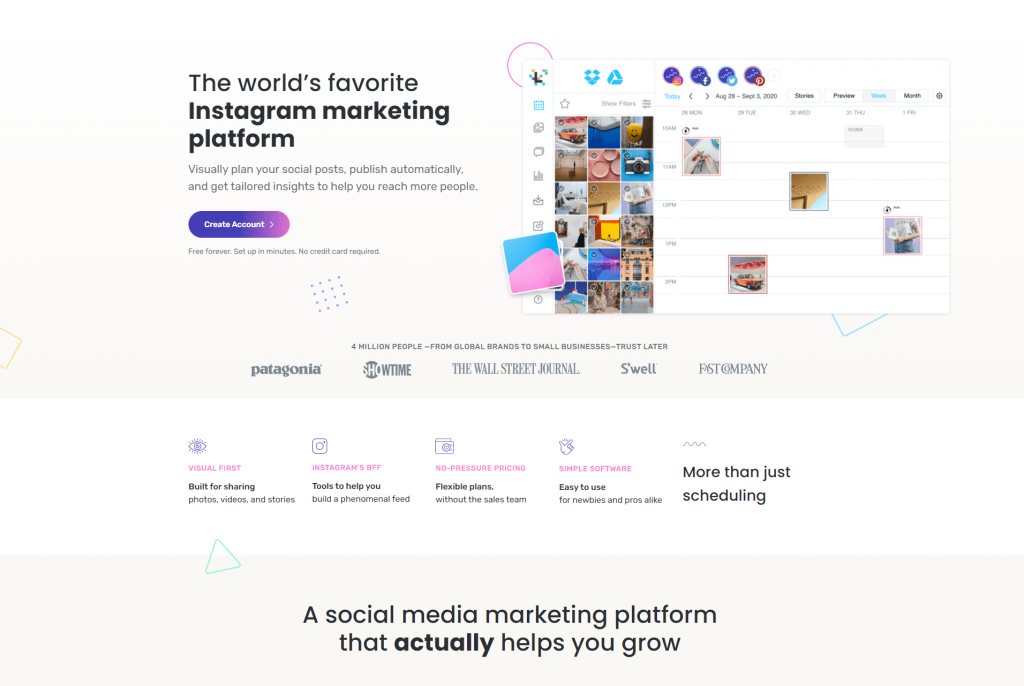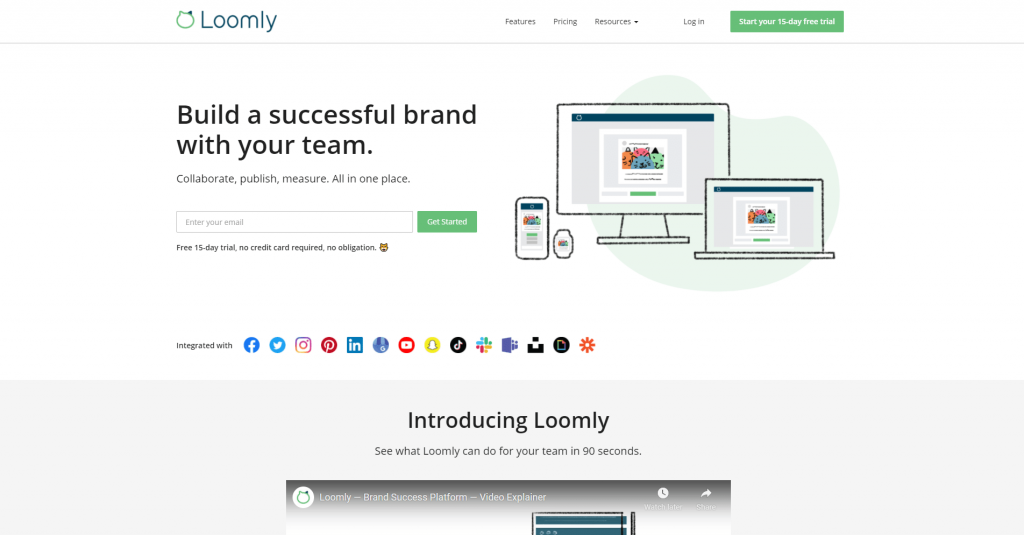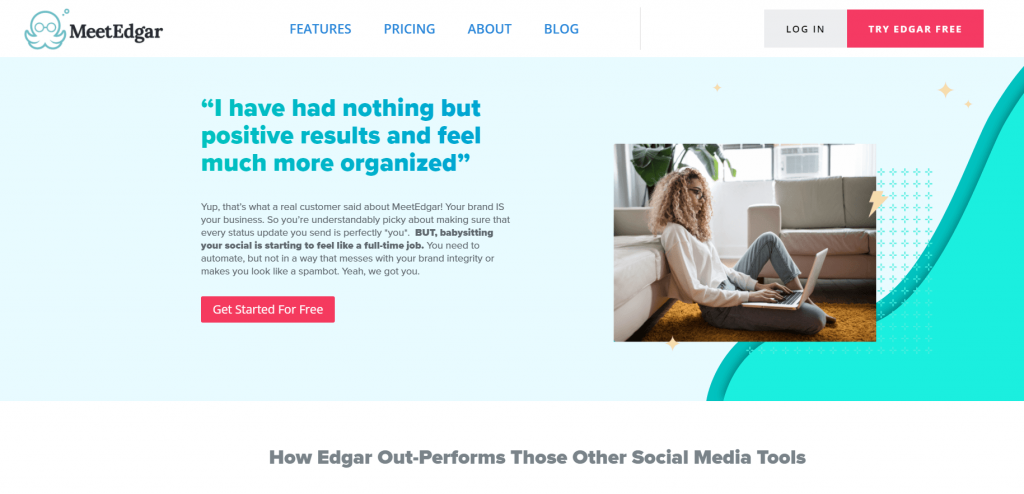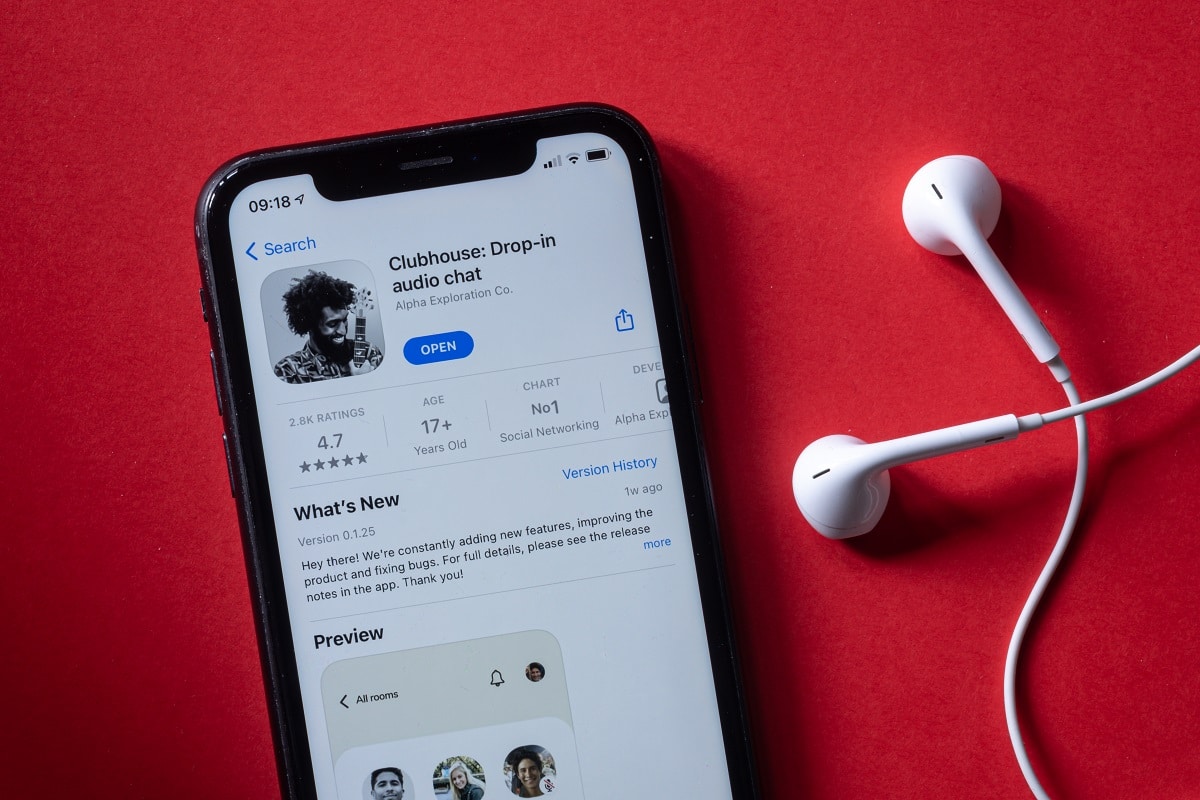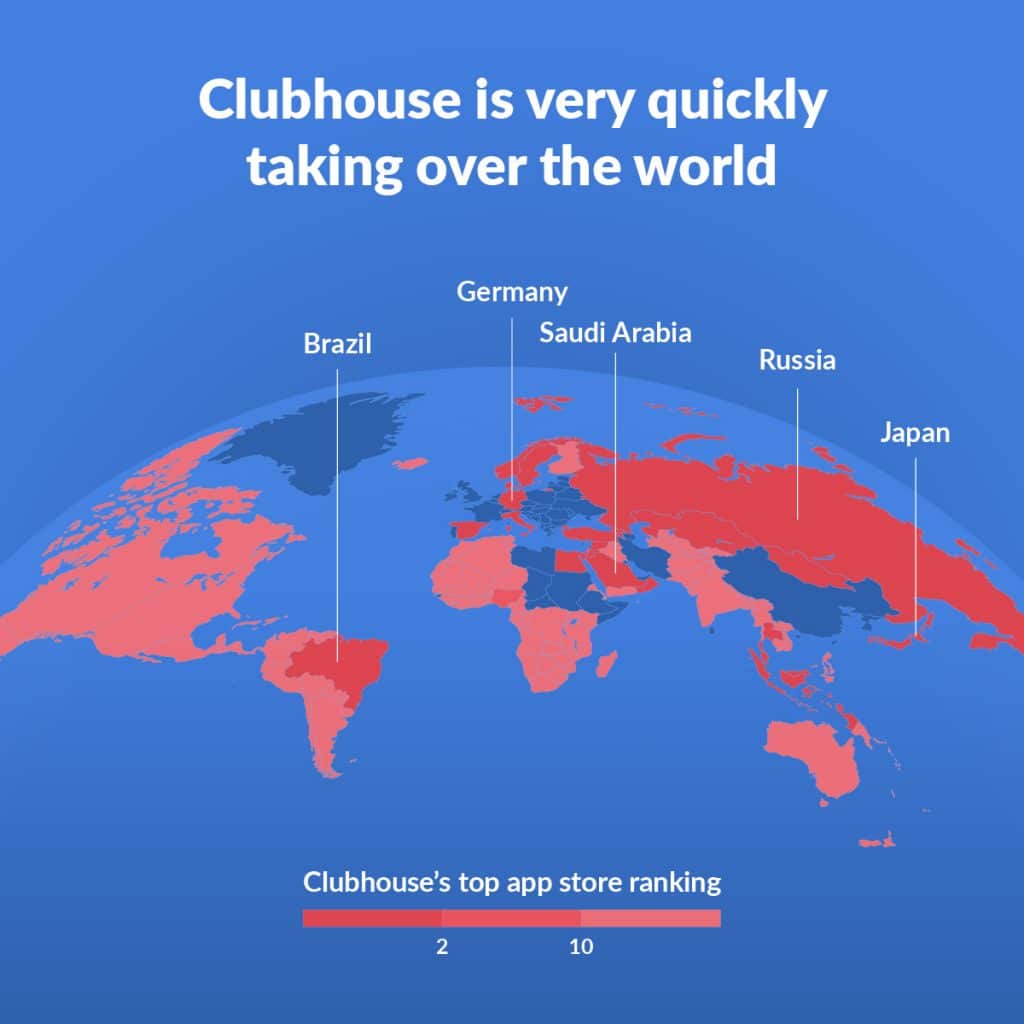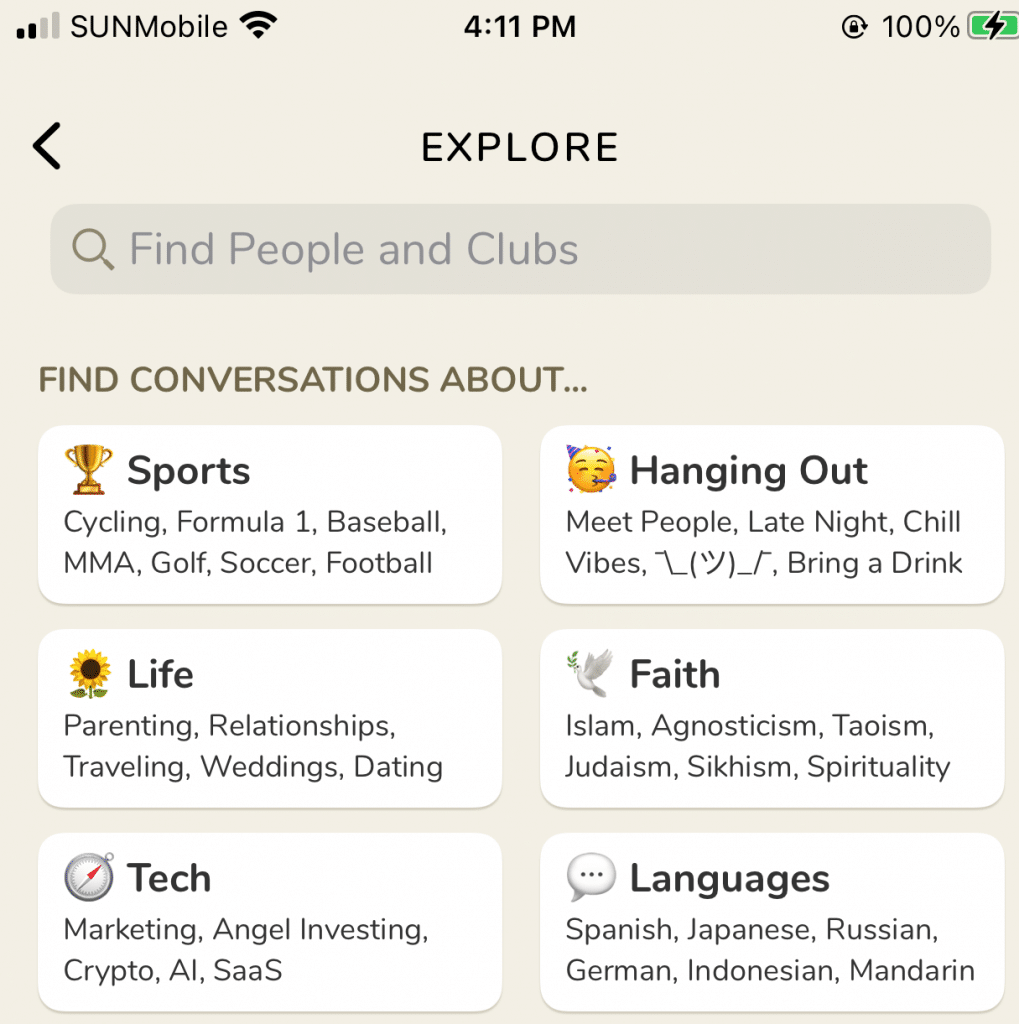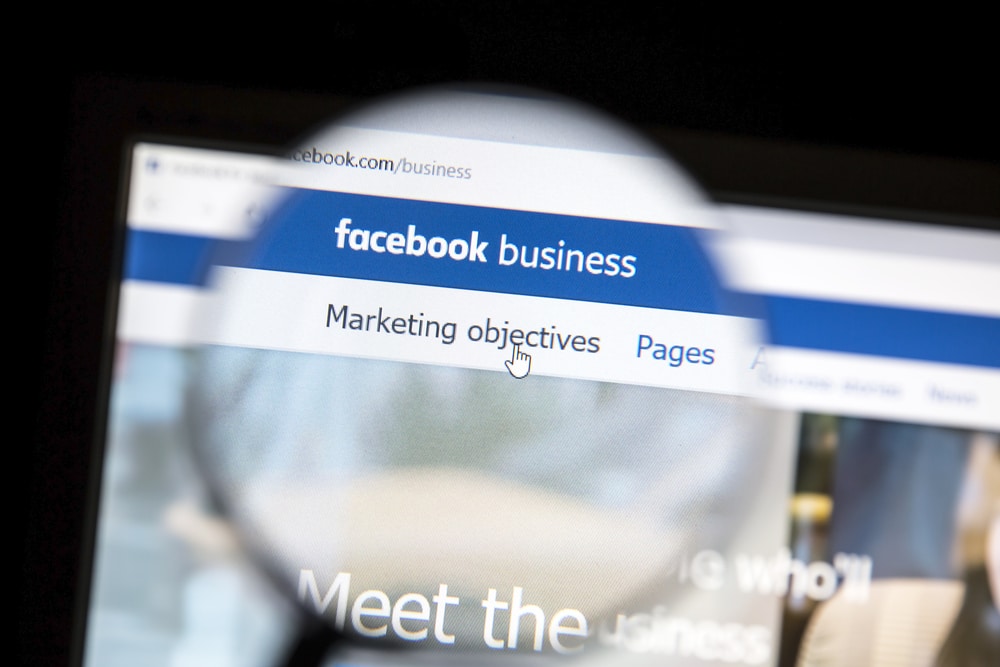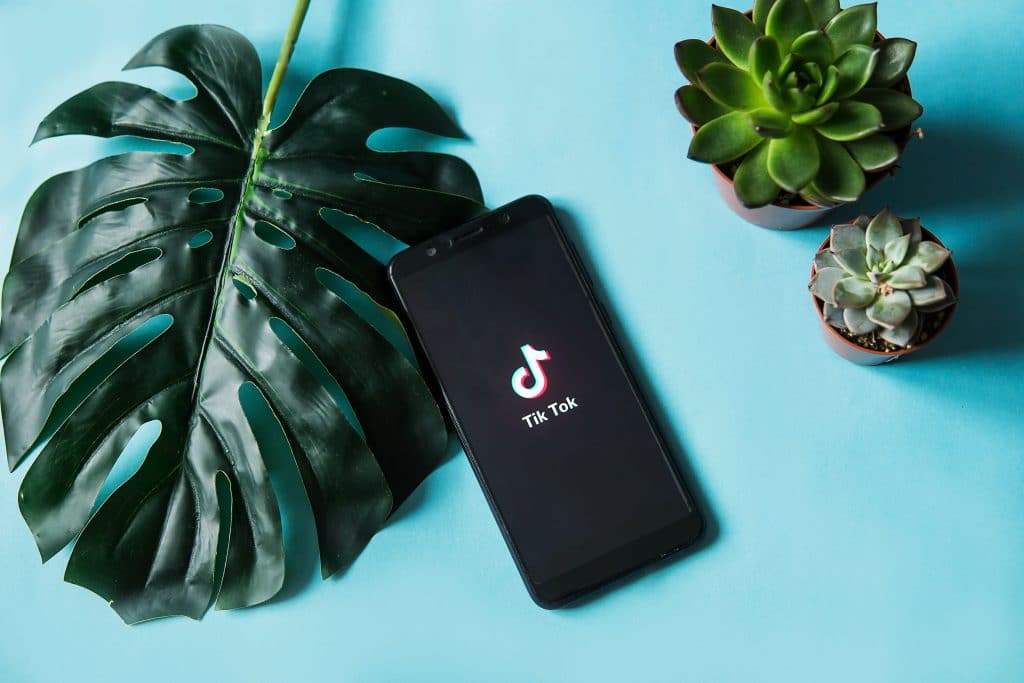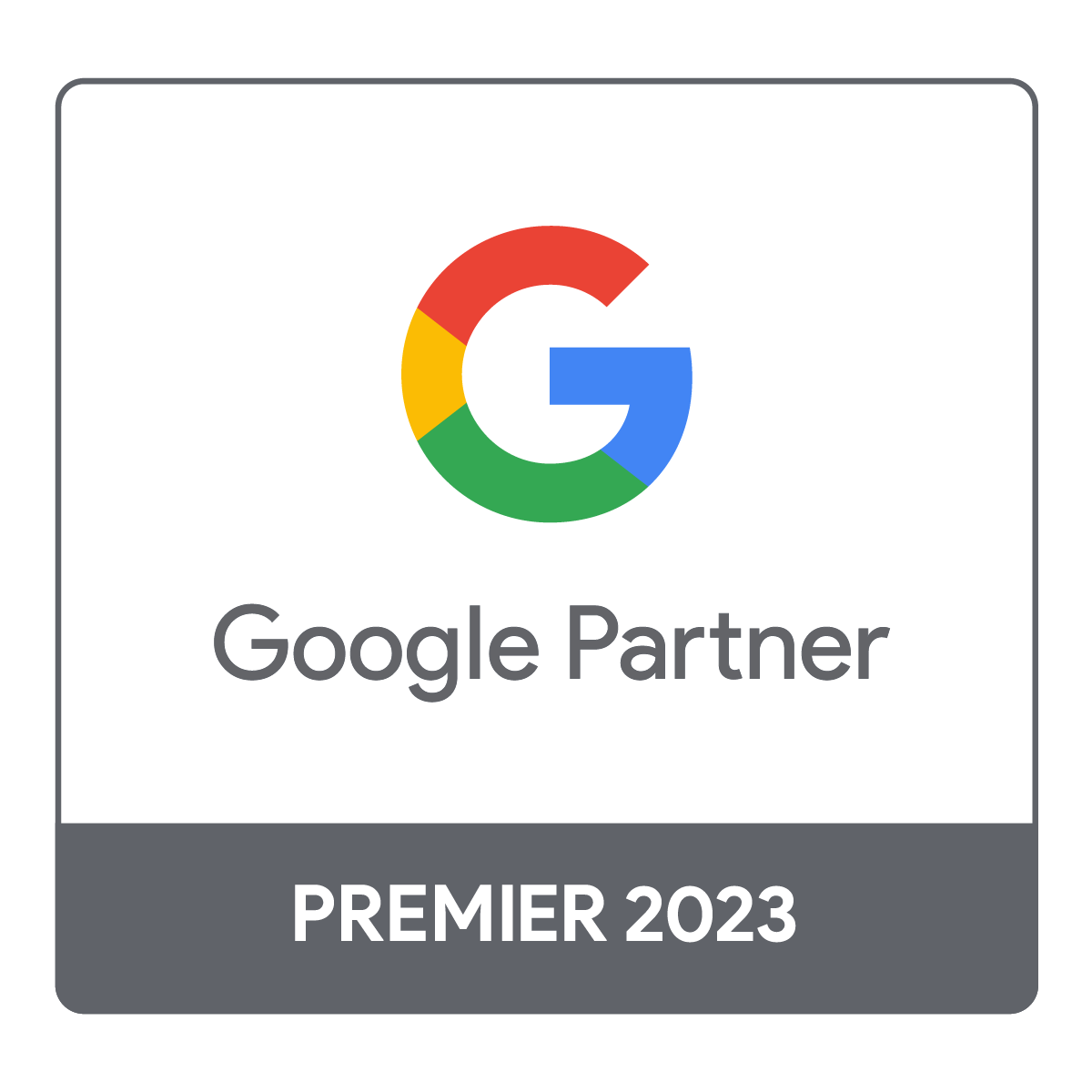What Is Social Media Advertising?
Social media advertising is a form of digital marketing where businesses pay to promote their brand, products, or services on social platforms like Facebook, Instagram and Youtube.
Unlike traditional ads, social media ads are designed to blend in with the platform’s content, making them more engaging and less intrusive. These ads can appear in various formats, from images and videos to interactive experiences. This makes it way easier to reach potential customers who are actually interested in what they offer.
With billions of people scrolling through social media every day, it’s one of the best ways for brands to get noticed and grow their business.
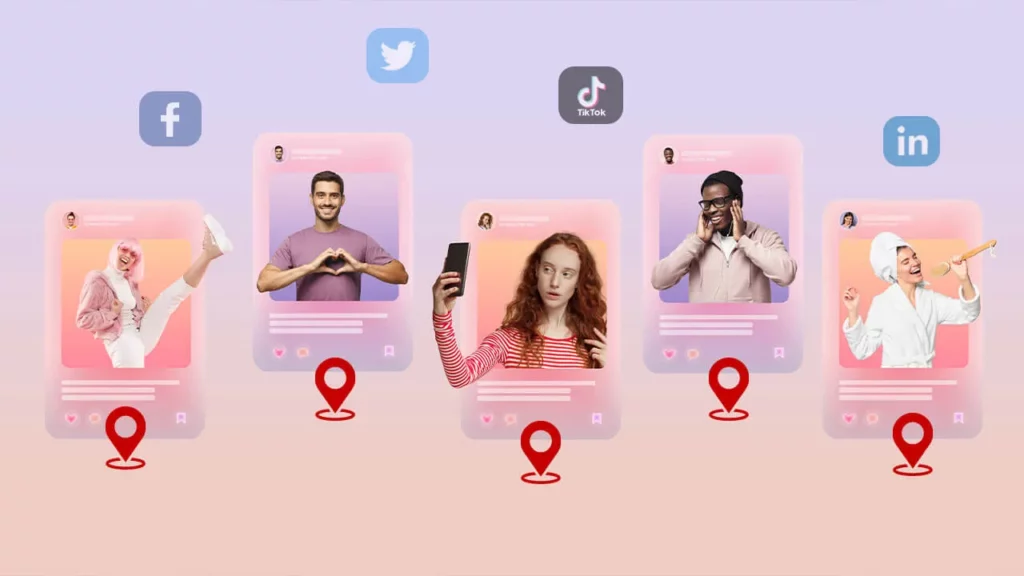
What Are The Benefits of Social Media Advertising
Social media isn’t just for connecting with friends—it’s a massive marketplace where businesses and customers interact daily. To put things into perspective, there are around 5.42 billion social media users worldwide, with the average user spending 2.5 hours every day. With so many eyes on social media, you have a huge opportunity to reach your ideal audience.
Key Benefits
- Highly Targeted Reach – Social media platforms collect extensive user data, allowing you to target the right audience based on demographics, location, interests, and past interactions. This ensures that ads reach those that are most likely to convert.
- Cost-Effective Marketing – Social media advertising allows you to set flexible budgets, depending on your budget and goals. Many platforms offer pay-per-click (PPC) or pay-per-impression (PPM) models, meaning you only pay when someone interacts with your ad.
- Boosted Website Traffic and Sales – Social media ads are designed to generate action, whether it’s website visits, product purchases, or app downloads. With features like shoppable posts and direct links, turning interest into sales is easier than ever.
- Engaging and Visual Content – Unlike static ads, social media offers interactive formats such as carousels, video ads, and AR experiences. These formats grab attention and encourage higher engagement. Plus, since users are already accustomed to consuming visual content, well-designed ads blend seamlessly into their feeds, making them more likely to be noticed and interacted with.
- Fast and Measurable Results – Social media advertising delivers instant access to detailed performance analytics like impressions, conversions, and the cost per result. This real-time feedback allows you to quickly see what’s working and what’s not, so you can make data-driven adjustments to improve performance.
- Builds Customer Relationships – Unlike other types of advertising where the interaction is one-sided, customers can engage with your business. This makes your business feel more human and approachable, strengthening relationships that can lead to loyalty.
All these benefits are even more impressive when you consider the current landscape of social media.
Social Media Advertising Stats
- Social media is the second biggest segment in digital advertising, second only to search engine ads, earning $207 billion in 2023.
- An estimated $277 billion is projected to be spent on social media advertising in 2025.
- Ad spending is expected to grow by about 9.38% each year from 2025 to 2030, reaching an estimated total of $433.28 billion by 2030.
- Social media advertisements are the primary driver of brand awareness among 16 and 34 year olds.
- Approximately 48% of social media users have made a purchase after seeing an ad.
- 54% of social media users research products on these platforms, and 71% are more likely to buy something if it’s recommended on social media.
How Does Social Media Advertising Work?
Running a successful social media ad campaign isn’t just about putting an ad out there—it requires careful planning and strategic execution. Here are a few things you need to consider.
1. Setting Goals and Objectives
Before launching an advertisement, you need to define what you want to achieve. Your goal sets the direction, while objectives give you a measurable way to track success.
Some common social media advertising goals include:
- Brand Awareness: Get more people to recognise your brand by increasing your reach.
- Lead Generation: Collect potential customer information, such as emails, for future marketing.
- Sales & Conversions: Drive purchases, app downloads, or sign-ups.
- Website Traffic: Encourage users to visit your website or landing page.
Each goal should be specific and measurable. For example, instead of saying, “I want more website traffic,” a clearer objective would be: “Increase website visits by 20% within a month.”
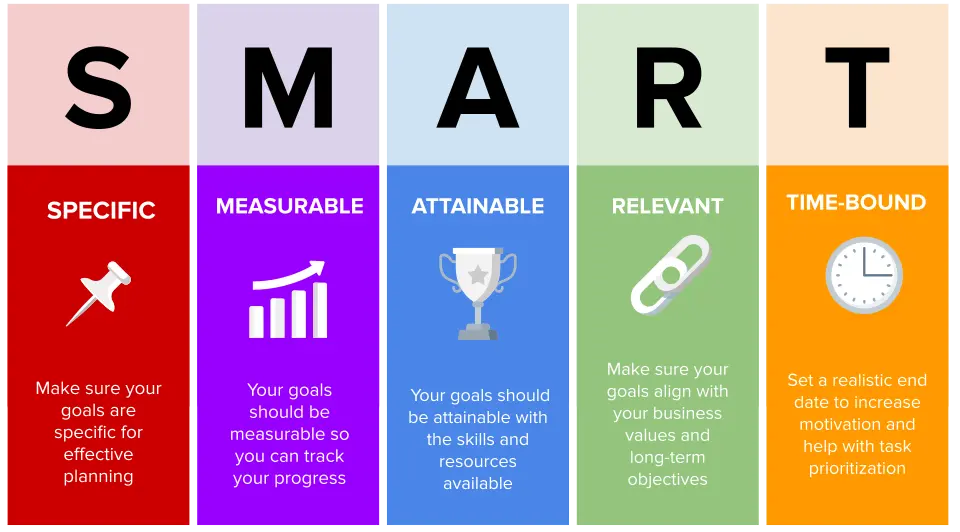
2. Audience Targeting
Instead of showing ads to everyone, make sure you target the right audience. The vast amounts of user data collected by social media platforms means that you can narrow your audience based on:
- Demographics – Age, gender, location, education level, etc
- Interests – Hobbies, activities, brands followed, content engaged with
- Behaviors – Shopping habits, online interactions, and past purchases.
For example, if you sell hiking gear, you might target outdoor enthusiasts who follow travel blogs and shop for camping equipment. This precision targeting ensures your ads are shown to people who are actually interested in your product, increasing the chances of conversions. Below, you’ll find a table showing 4 ways you could segment your audience. Decide on one or multiple ways of defining your target audience and start tailoring your social media advertisement to maximise its appeal!
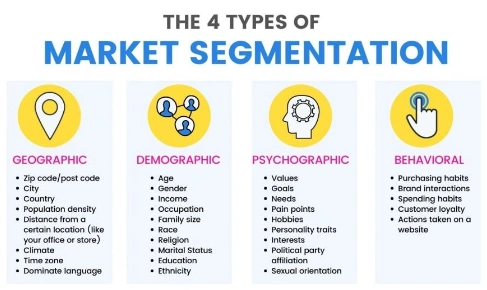
3. Creating Engaging Ad Creatives
Your ad needs to grab attention fast—people scroll through social media quickly, so you only have a second or two to make an impression. Ad creatives include:
- Images – High-quality visuals that showcase your product or brand.
- Videos – Short, engaging clips that tell a story or demonstrate how something works.
- Carousel Ads – Multiple images or videos in one ad to highlight different features or products.
- Interactive Ads – Polls, quizzes, or AR filters that boost engagement.
The key is to match your ad creative to your audience and campaign goal.
- Single image ads – Simple, direct, and effective for brand awareness.
- Video ads – Great for storytelling and engaging audiences in a more dynamic way.
- Carousel ads – Allow users to swipe through multiple images or videos, ideal for showcasing product collections.
- Interactive ads – Polls, quizzes, and augmented reality experiences that boost engagement.
Businesses often test multiple versions of an ad to see which performs best. This process, called A/B testing, can help you refine the messaging and visuals to maximise effectiveness.
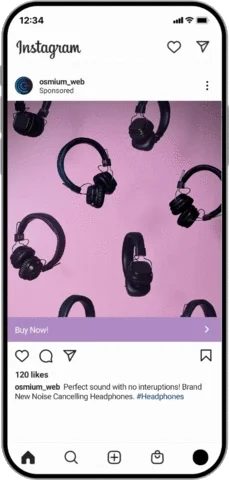
4. Bidding and Budgeting
Social media ads operate on a bidding system, meaning advertisers compete to have their ads shown to their target audience. How much you spend depends on your bid strategy and budget.
There are two main ways to manage ad spending:
- Daily Budget – The maximum amount you’re willing to spend per day
- Lifetime Budget – A set amount for the entire duration of the campaign.
For example, if you want to drive more traffic to your website, you could:
- Set a $5 cost per click (CPC).
- Allocate a $50 daily budget.
- Your ad will run until that daily limit is reached.
Some platforms also offer automated bidding, where the system adjusts bids in real-time to get the best possible results within the budget. Finding the right balance between budget and bid amount ensures ads get enough visibility without overspending.
Which Social Media Platform is Best For Advertising?
With so many social media platforms available, choosing the right one for advertising depends on your business goals, target audience, and budget.
Facebook: Best for Broad Reach and Advanced Targeting
Facebook remains one of the most powerful platforms for social media advertising, thanks to its massive user base of over 3.07 billion monthly active users. It attracts a diverse audience, making it an ideal platform for businesses of all sizes and industries.
Pros:
- Massive user base spanning various age groups, particularly ages 25-34
- Highly detailed audience targeting, including custom and lookalike audiences
- Diverse ad formats, including video, carousel, and lead forms
- Cost-effective for most budgets, with flexible ad spend options
Cons:
- Organic reach is low, meaning paid ads are essential
- High competition can increase ad
- Ad fatigue—users see a lot of ads, making it harder to stand out
Best for:
- Businesses looking to reach a large and diverse audience
- E-commerce brands running retargeting campaigns
- Local businesses promoting events or special offers
- Lead generation for service-based businesses
Read More: Cost of advertising on Facebook
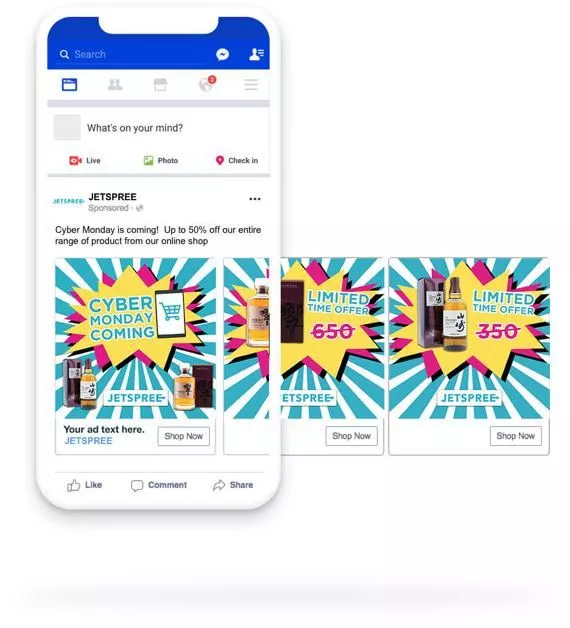
Instagram: Best for Visual and Engagement-Driven Advertising
With its 2 billion+ users, Instagram is a highly visual platform where ads seamlessly blend into organic content. It’s popular among younger audiences (18-34) and ideal for brands with strong visuals, such as fashion, beauty, food, and travel. Get ahead with 6 practical Instagram trends to follow in 2025.
Pros:
- High engagement rates, especially for visually appealing ads
- Instagram Shopping features, allowing direct product purchases
- Stories and Reels ads provide immersive, full-screen experiences
- Uses Facebook’s ad targeting, offering powerful audience reach
Cons:
- Ad costs are generally higher than Facebook’s
- Limited ad text—ads rely heavily on visuals
Best for:
- Brands that rely on high-quality visuals (fashion, beauty, food, travel)
- Businesses targeting younger, mobile-first users
- E-commerce brands leveraging Instagram Shopping and influencer marketing
- Companies focusing on brand storytelling through Reels and video ads
Read more: Cost of advertising on Instagram
LinkedIn: Best for B2B and Professional Marketing
LinkedIn is a popular platform for B2B marketing, connecting businesses with professionals, decision-makers, and industry leaders. It is one of the go-to platforms for businesses looking to generate high-quality leads, recruit talent, or build brand authority in their industry.
Pros:
- Highly effective for B2B lead generation
- Professional audience, including decision-makers and executives
- Advanced ad targeting based on career-related data
- Sponsored InMail ads allow direct messaging to potential clients
Cons:
- Higher cost-per-click (CPC) compared to Facebook and Instagram
- Smaller audience compared to other platforms
- Not as visually engaging, limiting creative ad options
Best for:
- B2B companies generating leads and networking with professionals
- Brands selling high-value services or software
- Recruiting talent and employer branding
- Promoting industry events, whitepapers, and thought leadership content
Read more: Cost of advertising on LinkedIn
YouTube: Best for Video Marketing and Brand Awareness
With over 2 billion monthly active users, YouTube is a powerful social media platform for advertising. Video ads can be highly engaging, making them perfect for businesses that want to showcase products, share tutorials, or tell a compelling brand story.
Pros:
- Massive audience reach across multiple demographics
- High engagement rates with video content
- Strong ad placement options, including skippable, non-skippable, and bumper ads
- Advanced targeting, including behavioral and interest-based ads
Cons:
- Ad skipping—many users skip ads after a few seconds
- Video production can be expensive compared to image-based ads
- Highly competitive in popular niches
Best for:
- Showcase tutorials, product demos, and testimonials
- Tell a brand story
- Businesses running awareness campaigns or product launches
Read more: Cost of advertising on Youtube
Key Social Media Advertising Trends for 2025
1. Social Media Ad Spending is Booming
Businesses are investing heavily in social media ads, with total spending projected to reach $276.7 billion. This rapid growth shows how essential social platforms have become for digital marketing.
2. Mobile Advertising is the Future
By 2030, 83% of all social media ad spending will come from mobile devices. With more people using their phones to browse social media, optimising ads for mobile is no longer optional—it’s necessary.
3. Brand Discovery
Social media ads are the top driver of brand awareness among internet users aged 16 – 34. This means businesses looking to establish a strong presence should prioritise social media advertising.
4. Influencer Marketing is on the Rise
The influencer marketing industry is expected to grow to $32.55 billion in 2025. Instagram leads the way, with 57.1% of marketers using it for influencer collaborations.
5. Customer Service on Social Media Matters
73% of social media users say they’ll switch to a competitor if a brand doesn’t respond to them online. Quick, engaging customer service on social platforms can make or break customer loyalty.
6. Online Reviews Shape Buying Decisions
Facebook (40%) and YouTube (32%) are the top platforms where consumers read reviews before making a purchase. This highlights the importance of managing brand reputation and engaging with customer feedback on social media.

Want more sales? Want more leads?
See how First Page can drive insane sales. See actual results from your social media advertising campaign! Contact us!
Case Study: A Deep Dive into a Successful Social Media Advertising Campaign
“Stranger Things” made significant waves in popular culture with its fourth season, emerging as the most viewed English-language series on Netflix. A plethora of brands seized the opportunity to integrate their products with the wildly popular ’80s-themed show. However, Domino’s pizza delivery brand stood out with its innovative collaboration with Netflix.
Domino’s and its agency, WorkInProgress, introduced a groundbreaking “mind-ordering” application in May. This app aimed to replicate the telekinetic abilities of Eleven, the show’s protagonist. By blending facial and eye-tracking technology, it allowed customers to order a pizza using only gestures.
“Linking together technologies that had never before been used in tandem was the most evident technical hurdle,” stated Kate Trumbull, Domino’s Senior Vice President of Brand and Product Innovation.
Conveying instructions, such as the requirement for a well-lit environment, presented another layer of complexity. This was skillfully integrated into the narrative. The campaign was further amplified with ads featuring “Stranger Things” cast members Gaten Matarazzo and Caleb McLaughlin, and the introduction of customised pizza boxes with QR codes that activated the unique experience.
“Implementing the entire campaign, which spanned more than a year, necessitated considerable time and attention. However, it also set a fresh standard for our approach to partnerships, highlighting the essential components for their success,” Trumbull added.
The campaign proved to be a success, accruing over 820 million media impressions. It performed exceptionally well among “Stranger Things” enthusiasts, according to a Kantar analysis.
Ned Brown, Chief Creative Officer of agency Bader Rutter, lauded the campaign, saying, “It’s the epitome of co-branding— harmonious and creative, culminating in something entirely unique.”
Final Thoughts
In this rapidly evolving digital era, it’s essential to stay ahead of the curve and employ innovative strategies to make your brand stand out.
At First Page Digital, our team of dedicated experts are ready to help you create a digital marketing strategy that resonates with your target audience and drives measurable results.
Don’t let your brand get lost in the digital shuffle. Harness the power of innovative, data-driven strategies to propel your business forward. Reach out to First Page Digital today, and let’s write your brand’s success story together. Your first page in digital marketing excellence starts with us.

Ready for some real sales?
We know you want to make real money! Get ready to convert customers like crazy. Please do not delay. Contact us today!
Frequently Asked Questions
How can I create an effective social media advertising strategy?
A successful social media advertising strategy starts with clear objectives, understanding your target audience, and determining the most effective social media platforms to reach them. Next, creating engaging content that resonates with your audience is crucial. Experiment with various ad types, like video ads or carousel ads featuring up to ten images, to see what works best. Lastly, continuously monitor and adjust your strategy based on performance metrics and social media trends. For more, check out this blog article: Your Ultimate Guide To Creating A Killer Social Media Strategy.
What are some examples of effective social media ads?
Effective social media ads are those that resonate with the target audience and provoke action. Instagram ads, for example, often capitalise on visually appealing content, while LinkedIn ads might focus more on professional development opportunities. Twitter ads, on the other hand, are often short and witty. The key is understanding what appeals to your target market on each platform.
What is the difference between organic content and paid social advertising?
Organic content refers to posts you create and share on your social media channels without any ad spend. On the other hand, paid social advertising involves promoting your content with an ad campaign to reach a broader or more specific audience. Both are integral to a successful social media marketing strategy, and their use should depend on your business objectives.
How can I measure the success of my social media advertising efforts?
Success in social media ads can be measured through various metrics such as engagement rate (likes, comments, shares), reach, website traffic generated, and conversions, among others. These performance indicators offer valuable insights into the effectiveness of your strategy and can guide necessary adjustments.
Can I run the same social media ad on multiple platforms?
While it’s technically possible to run the same ad on multiple platforms, it may not be the most effective approach. Different social media platforms cater to different user behaviors and preferences. It’s often best to tailor your ads to the nuances of each platform for the best results.
What other marketing tactics can you use to beat your competition?
Here are some useful marketing tactic blogs that can help you break all your past sales records, and your competition in the process:
- Perfect Your Email Marketing Strategy Now
- What Are The Top Ppc Ideas You Ought To Know?
- Social Media Strategies: Successful Ones You Can Learn From
- Helpful Content Tips: Get Noticed Before The Competition
- 6 Easy Digital Marketing Hacks To Increase Your Leads
Are you a busy business owner? You may not have the time to run the marketing tactics you need to make money regularly. If this is the case, we encourage you to review some of our strategic marketing services to drive more sales:
- SEO for your business to drive qualified leads
- Social media management for improved brand awareness
- Linkbuilding to drive organic traffic to your website
- Top converting landing pages to convert your leads
- Email marketing campaigns to bring in referrals

